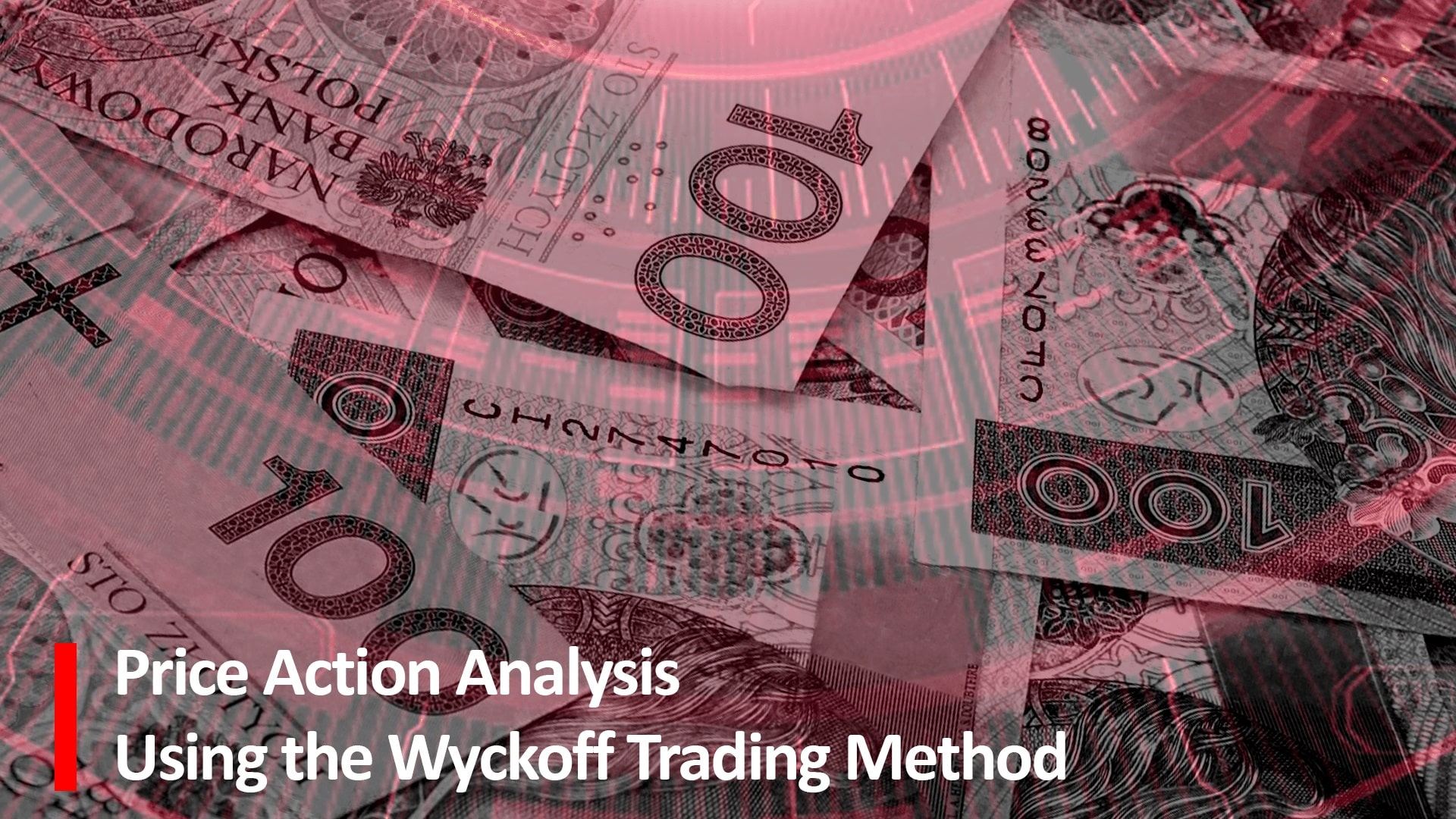If you’re looking for a reliable way to analyze and trade the financial markets, one of the best methods available is the Wyckoff trading method. Developed by Richard D. Wyckoff, this approach uses price action analysis to gain an edge in the stock market. By understanding how trends develop and tracking critical levels of support and resistance, traders can make more informed decisions when planning trades or making investment decisions. In this blog post, we will discuss some key components of the Wyckoff trading method so that you can understand how it works and put its principles into practice to help boost your profitability as a trader or investor.
What is price action analysis and why should you use it in your trading strategy?
Price action analysis is a form of technical analysis that uses past price data to identify potential trends and market patterns. It focuses on the relationship between buyers and sellers in the market, as well as how prices move over time. By using this information, traders can learn where support and resistance levels are likely to appear and make decisions about when to enter or exit a trade. Wyckoff’s trading method relies heavily on this type of analysis in order to identify opportunities for trading success.
What role does volume play in Wyckoff forex trading?
Volume is an important factor that traders should consider when using the Wyckoff method for Forex trading. Volume measures the amount of buying or selling activity in a particular currency pair. By studying the volumes of a certain security, traders can gain insight into potential market trends and make more informed decisions regarding their trades. Volume analysis is an important part of Wyckoff’s approach, as it helps traders identify supply and demand imbalances in the market.
How does Wyckoff forex trading compare to other methods?
Wycoff forex trading is considered to be one of the most reliable methods for technical analysis and trend identification available. Unlike many other approaches which rely on indicators or automated algorithms, Wyckoff’s method relies on price action analysis and volume data to help traders identify key support and resistance levels in the markets. Additionally, this approach is considered to be much less volatile and more reliable than other methods, making it a popular choice for traders of all levels.
The Wyckoff Method – an overview
The Wyckoff trading method was developed by Richard D. Wyckoff, a trader and analyst of the stock market in the early 1900s. This approach seeks to identify market trends using price action analysis, which involves looking at how prices move over time. By tracking critical levels of support and resistance, traders can determine when it is best to enter or exit their trades. Additionally, Wyckoff’s method also emphasizes volume analysis as a way to gain insight into supply and demand imbalances in the markets.
Advantages of Using the Wyckoff Trading Method
There are several advantages to trading with the Wyckoff approach. First, this method relies on price action analysis rather than indicators or automated algorithms, making it a popular choice for traders of all levels. Additionally, this method is considered to be much less volatile and more reliable than other methods. Finally, the Wyckoff trading method emphasizes volume analysis as a way to gain insight into potential market trends and identify opportunities for profitable trades. Overall, the Wyckoff trading method offers traders an effective way to analyze and trade the financial markets. By understanding how trends develop and tracking critical levels of support and resistance, you can make more informed decisions when planning trades or making investment decisions. With practice, this approach can help improve your profitability as a trader or investor.
How to identify support and resistance levels using the Wyckoff Method
Support and resistance levels are key components of the Wyckoff trading method. These levels indicate areas where buyers and sellers have previously interacted in the market, allowing traders to identify potential entry or exit points. When identifying these levels, traders can look at chart patterns such as double tops, double bottoms, head and shoulders patterns, and more. Additionally, they can also use volume data to help confirm the existence of support and resistance levels in order to make more informed decisions about their trades.
Trading with the trend vs trading against the trend
Trading with the trend is a key part of the Wyckoff trading method. This involves analyzing price action to determine if the market is in an uptrend, downtrend, or rangebound state and then making trades that fit the current trend. For example, a trader would look for buying opportunities in an uptrend but look for selling opportunities in a downtrend. On the other hand, traders can also choose to trade against the trend if they believe it has reached its end and are looking for potential reversals. However, this approach comes with more risk as trends can persist for extended periods of time without any significant reversal.
Final Thoughts
The Wycoff forex trading method offers a reliable approach for technical analysis and trend identification. By using price action analysis and volume data to identify support and resistance levels in the markets, traders can make more informed decisions and improve their profitability. This method is suitable for traders of all levels, and with practice, can help you become a more successful trader or investor.



